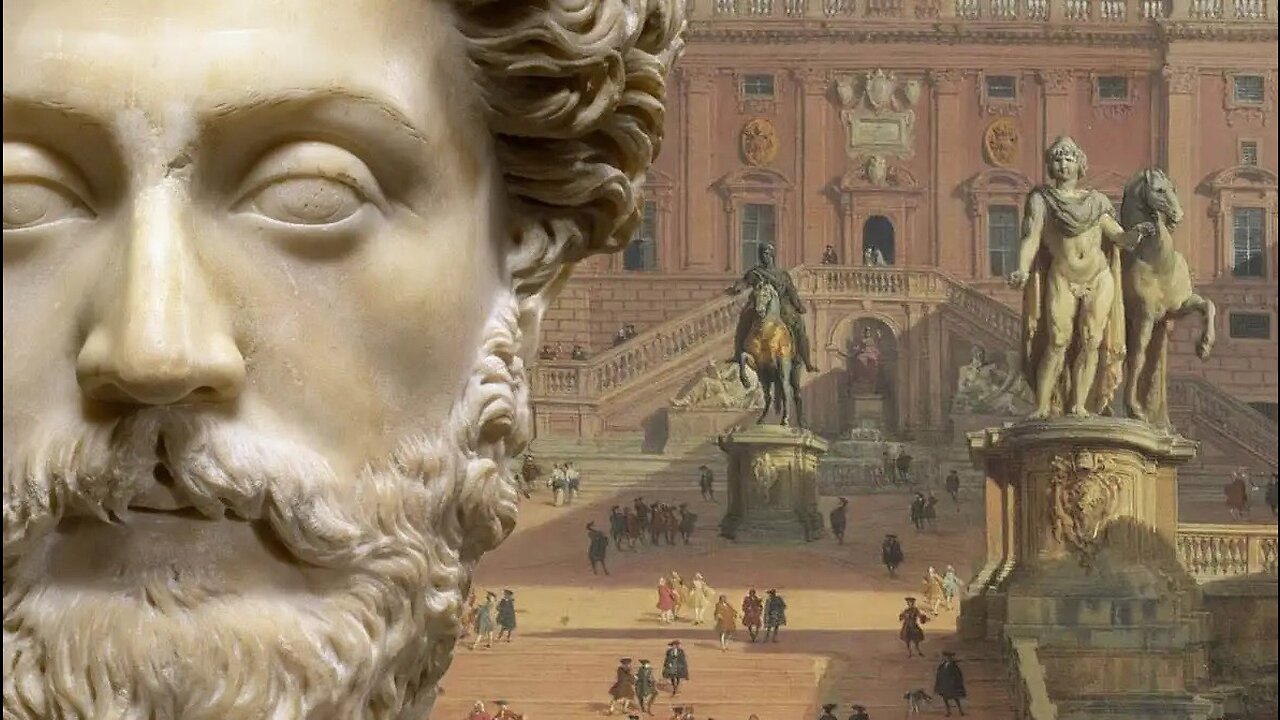Premium Only Content

Emperors of Rome | Emperor and Empire (Lecture 28)
Lecture 28: We next consider the question of the emperor’s position in relation to the wider empire. How could an empire as vast and diverse as Rome’s survive the mismanagement of the likes of Caligula, Nero, Commodus, or Elagabalus? The secret lay in the unique, decentralized administrative structures the Romans employed in running their realm. Imperial administration comprised a hierarchy of authority levels, each capable of functioning independently of the other. From municipal authorities at the ground level, to representatives of the emperor’s power at the provincial level, to the emperor himself at the top, the empire was largely able to run itself. The degree of the emperor’s involvement in administrative affairs was mostly a personal choice. If the ruler chose to devote himself to private proclivities or vent his paranoia on the ruling classes, it mattered little to the rest of the empire. Civil wars were destabilizing, of course, but largely localized in their impact. The emperor, then, was little more than a figurehead, a
man few Romans ever saw in the flesh and fewer dealt with directly.
Essential Reading:
Aelius Aristides, Oration 26 (“To Rome”).
Josephus, Jewish Antiquities, 18–20; The Jewish War, book 2.
Pliny, Epistles, book 10.
Supplementary Reading:
Ando, Imperial Ideology and Provincial Loyalty.
Garnsey and Saller, The Roman Empire, especially pp. 5–40.
Millar, The Roman Empire and Its Neighbors, especially pp. 1–103.
-
 39:23
39:23
The Great Courses
18 days agoDecisive Battles of World History | Recent & Not-So-Decisive Decisive Battles (Lecture 36)
146 -
 LIVE
LIVE
LFA TV
15 hours agoLFA TV ALL DAY STREAM - TUESDAY 6/24/25
3,070 watching -
 LIVE
LIVE
The Shannon Joy Show
2 hours ago🔥🔥Trump Doesn’t Know What F*@% He’s Doing But He Sure Is F*@%ing America - Trump’s Land Heist & The Great Sellout Of USA With Special Guest Derrick Broze🔥🔥
295 watching -

Caleb Hammer
1 hour agoHe’s More Disgusting Than Boogie2988 | Financial Audit
13.5K -
 40:24
40:24
Rethinking the Dollar
2 hours agoTrump Drops F‑Bomb on Ceasefire—Is WWIII Next? | Morning Check-In
24.8K10 -
 DVR
DVR
Bannons War Room
4 months agoWarRoom Live
24.7M6.5K -
 1:13:10
1:13:10
Dear America
4 hours agoPeace Through Strength WORKS But Will Ceasefire HOLD?! + What's Next For "MAGA" Frauds?!
115K167 -
 LIVE
LIVE
Akademiks
3 hours agoDiddy Trial Day 29: Approaching Closing Arguments. Prosecution Rests its Case. VERDICT INCOMING?1/30
1,898 watching -
 1:54:48
1:54:48
Badlands Media
8 hours agoBadlands Daily: June 24, 2025
54.8K5 -
 LIVE
LIVE
Matt Kohrs
15 hours agoStocks Pump Higher, Fed Powell Testifies & Live Trading $1M || The MK Show
455 watching